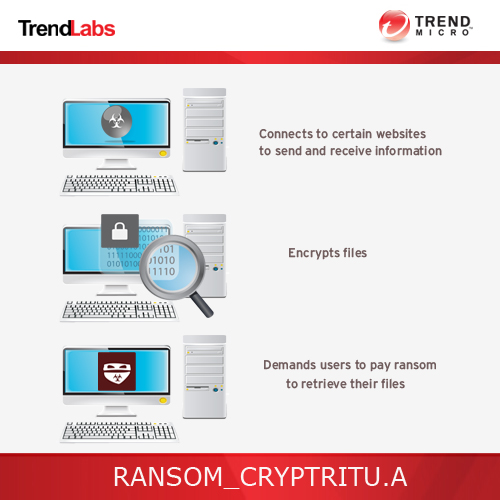Office Based Trojan Threat For Mac 4,6/5 876 reviews
Share this story. Researchers have uncovered a malware-based espionage campaign that subjects Mac users to the same techniques that have been used for years to surreptitiously siphon confidential data out of Windows machines. The recently discovered campaign targets Mac-using employees of several pro-Tibetan non-governmental organizations, and employs attacks exploiting already patched vulnerabilities in Microsoft Office and Oracle's Java framework, Jaime Blasco, a security researcher with AlienVault, told Ars. Over the past two weeks, he has identified separate that get installed when users open booby-trapped Word documents or website links included in e-mails sent to them. Once installed, the trojans send the computer, user, and domain name associated with the Mac to a server under the control of the attackers and then await further instructions. 'This particular backdoor has a lot of functionalities,' he said of the most recent trojan he found.

Crazytalk animator mac crazytalk animator 3 for mac. Victims, he said, 'won't see almost anything.' Blasco's findings, which are documented in blog posts and, are among the first to show that Macs are being subjected to the same types of advanced persistent threats (APTs) that have plagued Windows users for years—not that the shift is particularly unexpected.
As companies such as Google to limit their exposure to Windows-dependent exploits, it was inevitable that the spooks conducting espionage on them would make the switch, too. 'What attackers have been installing via APT-style, targeted attack campaigns for Windows, they're now starting to do for Macs, too,' said Ivan Macalintal, a security researcher at antivirus provider Trend Micro. Macalintal has documented some of the Blasco found. Another researcher who has confirmed the findings is Alexis Dorais-Joncas, Security Intelligence Team Leader at ESET.
In his own, he documented the encryption one of the trojans uses to conceal communications between infected Macs and a command and control server. He also described a series of queries sent to a test machine he infected that he believes were manually typed by a live human at the other end of the server. They invoked Unix commands to rummage through Mac folders that typically store browser cookies, passwords, and software downloads.
Office Based Trojan Threat For Mac
The history of Mac malware began in 2004 with Opener (Renepo), a shell script featuring both backdoor and spyware functionality. During the following years others arrived including the first true macOS worm called Leap and the first scareware, MacSweep.
2011 brought the Flashback Trojan, which formed the largest Mac botnet to date. The attackers used social engineering to entice users to download and install a fake Adobe Flash Player update. In early 2016 researchers spotted KeRanger, the first ransomware targeting Mac users, which encrypted precious personal and work files with unbreakable cryptographic algorithms.